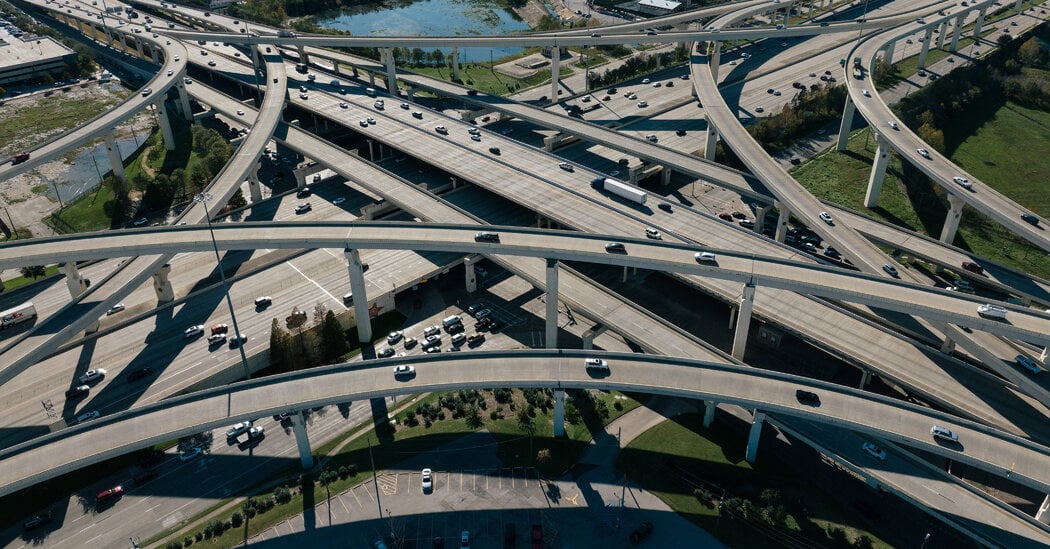For critics of widening projects, the prime example of induced demand is the Katy Freeway in Houston, one of the widest highways in the world with 26 lanes.
Immediately after Katy’s last expansion, in 2008, the project was hailed as a success. But within five years, peak hour travel times on the freeway were longer than before the expansion.
Matt Turner, an economics professor at Brown University and co-author of the 2009 study on congestion, said adding lanes is a fine solution if the goal is to get more cars on the road. But most highway expansion projects, including those in progress in Texas, cite reducing traffic as a primary goal.
“If you keep adding lanes because you want to reduce traffic congestion, you have to be really determined not to learn from history,” Dr. Turner said.



Investing is public transport can be as hard or as easy as you want it to be. Sure building a full on subterranean high density metro system might be the utopia, but actually developing a high frequency, high quality bus route with dedicated bus lanes can be low cost and hugely increase the volume of people carried Vs the lane you took from cars.
Compliment this with docking cycle rental schemes, and some dedicated cycle infrastructure and you can transform how a big chunk of people get to work …you start to win back the city from one which is built around cars and instead making it a city for people.
In Texas, and most of the places I know of, people won’t ride the bus, or the bike. When it’s August and the high temp for the day is 108, with 65% relative humidity, everybody wants to get in their car with the AC blowing directly on them, and be comfortable.
In my experience, every public bus I’ve been on has been miserable.
A modern bus on a hot day is like walking into a fridge in my country. They also look about 30 years newer than whatever I’ve seen when it comes to American buses, so that might help a little.
Paris also has a subway.